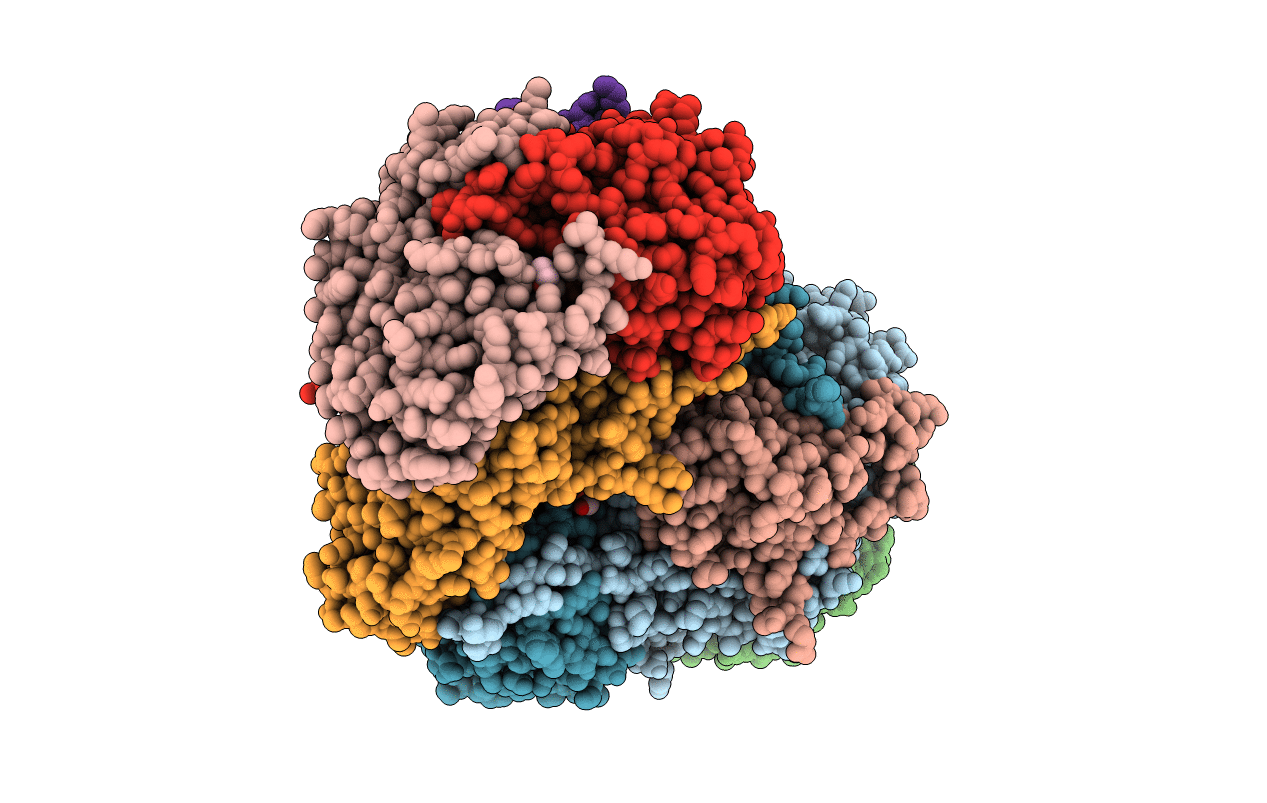
Deposition Date
2021-03-30
Release Date
2021-07-28
Last Version Date
2023-10-18
Entry Detail
PDB ID:
7M8Q
Keywords:
Title:
Complex structure of Methane monooxygenase hydroxylase and regulatory subunit with fluorosubstituted tryptophans
Biological Source:
Source Organism:
Methylosinus trichosporium OB3b (Taxon ID: 595536)
Host Organism:
Method Details:
Experimental Method:
Resolution:
2.08 Å
R-Value Free:
0.21
R-Value Work:
0.18
R-Value Observed:
0.18
Space Group:
P 21 21 21


